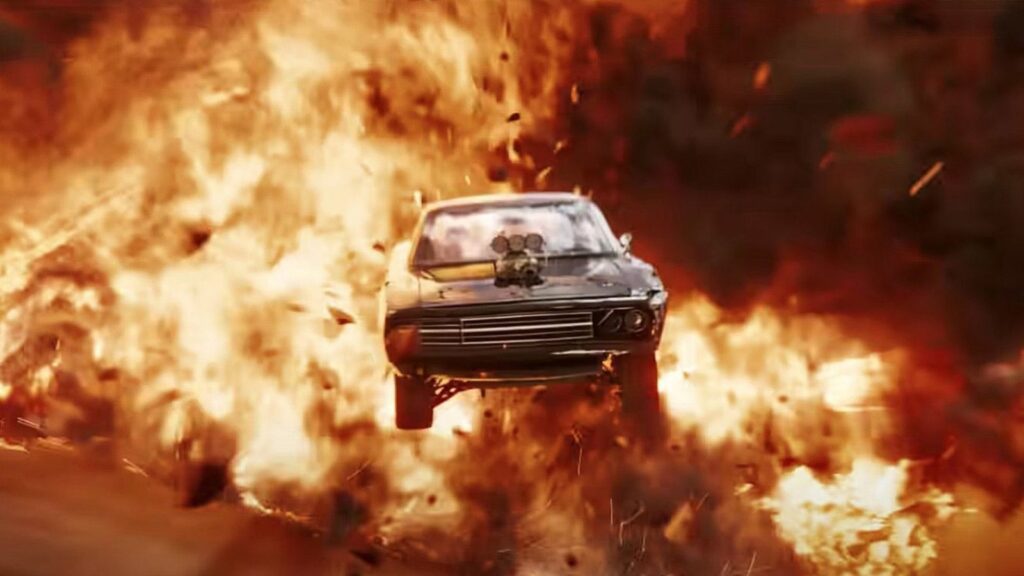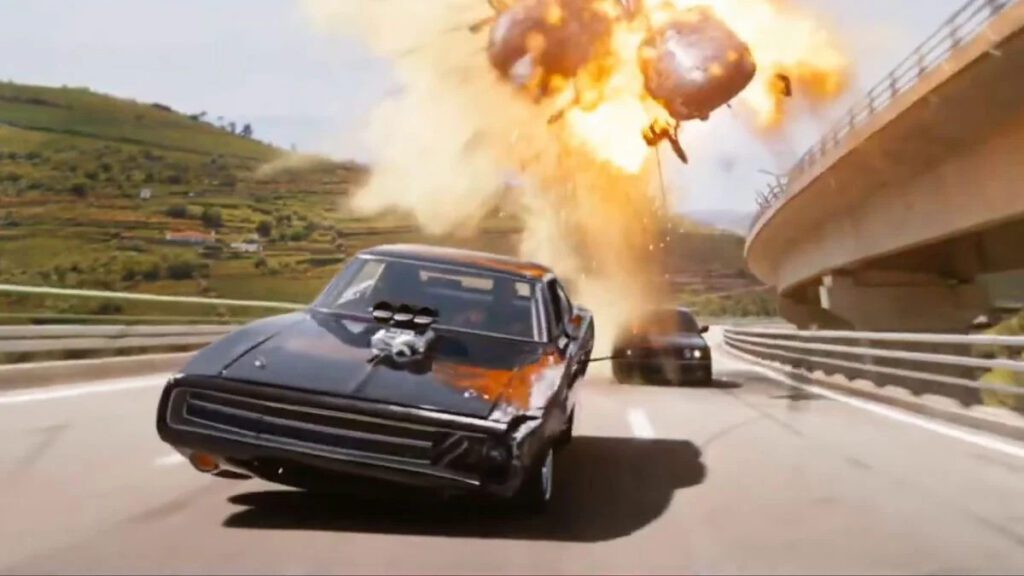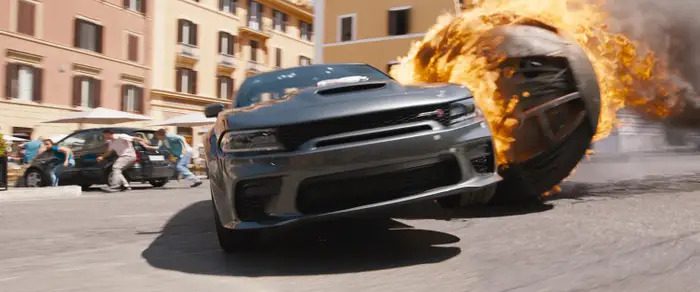Hollywood has long had a love affair with explosions, and cars are often at the center of the fiery mayhem. From high-octane action sequences to dramatic plot twists, car explosions have become a staple of the movie industry. However, the explosive spectacles we see on the big screen are often far from reality. In this article, we’ll delve into the world of Hollywood Car Explosion fantasies and separate fact from fiction using FAST X, a framework that helps us analyze the science and technology behind these cinematic explosions.
Hollywood Car Explosion
The Physics of Car Explosions
Hollywood tends to oversimplify the physics of car explosions for the sake of entertainment. In reality, car explosions involve complex principles of thermodynamics, chemistry, and material science. Let’s break down some key aspects using FAST X:
1.1 Fuel Source
In movies, cars explode on impact or with a single gunshot. While it’s true that cars carry flammable fuels like gasoline, creating a massive explosion from a gunshot is highly unlikely. To ignite gasoline, it requires the right mixture of fuel and air and a spark or open flame. In most car accidents, the fuel tank doesn’t explode dramatically.
1.2 Explosion Size
Movies often exaggerate the size of car explosions for cinematic effect. In reality, car explosions are usually much smaller and more contained. This is because cars have built-in safety mechanisms to prevent massive explosions.
1.3 Shockwaves
Hollywood car explosions typically produce dramatic shockwaves that can blow characters away. In reality, car explosions are unlikely to generate such powerful shockwaves unless there is a secondary explosion, such as the tires, or other factors at play.

The Role of Pyrotechnics
Movies rely heavily on pyrotechnics to create visually stunning explosions. Pyrotechnicians use a variety of controlled explosives to achieve these effects, but the reality is quite different from what we see on screen.
2.1 Controlled Explosives
In the film industry, pyrotechnicians use small, controlled explosives to simulate car explosions. These explosives are strategically placed to create the desired visual impact, but they are far less destructive than what we witness in movies.
2.2 Safety Precautions
When creating car explosions on set, safety is paramount. Pyrotechnicians take extensive precautions to ensure the safety of the cast and crew. Explosives are carefully controlled, and experts are on hand to manage the risks.
- The Role of Computer Graphics
In recent years, advances in computer-generated imagery (CGI) have played a significant role in enhancing the spectacle of car explosions on screen. CGI allows filmmakers to create incredibly realistic and visually stunning explosions, but it’s still essential to understand its limitations.
3.1 CGI Realism
CGI has made it possible to create car explosions that look almost indistinguishable from the real thing. However, the level of realism depends on the budget and expertise of the visual effects team. In some cases, CGI can still fall short of the real thing.

3.2 Safety and Cost-Effective Solutions
While CGI has become a powerful tool, it can be expensive to produce and time-consuming to perfect. In some cases, it may be more cost-effective and safer to use practical effects, like pyrotechnics, when creating car explosions.
The Role of Special Effects
Hollywood employs a range of special effects techniques to create believable car explosions. These techniques are crucial in making the audience believe in the danger and intensity of the scene.
4.1 Miniature Models
One classic technique involves using scale models of cars. These miniatures are rigged with explosives, allowing filmmakers to create a realistic explosion on a smaller scale.
4.2 Stunt Drivers
Skilled stunt drivers play an important role in creating car chases and crashes. They execute intricate maneuvers while maintaining safety on set, allowing the director to capture thrilling sequences that can be later enhanced through post-production.
Real Car Accidents vs. Movie Explosions
While real car accidents can lead to fires and explosions in some cases, the results are often far less dramatic than what Hollywood portrays. The FAST X framework helps us understand the differences:
5.1 Post-Crash Fires
In a real car accident, it’s not uncommon for a vehicle to catch fire if the fuel system is compromised. However, these fires typically burn at a relatively slow rate and may not result in a dramatic explosion.
5.2 Safety Measures
Modern cars are designed with numerous safety features to prevent catastrophic explosions. Fuel tanks are designed to withstand impacts, and engine compartments have mechanisms to reduce the risk of fires.
Conclusion
Hollywood’s car explosion fantasies are a staple of the entertainment industry, but they often diverge significantly from the realities of science and engineering. By using the FAST X framework to analyze these cinematic spectacles, we can better appreciate the differences between movie magic and actual scientific principles. While the explosions we see on screen may be thrilling, it’s essential to remember that they are a product of artistic interpretation and should not be taken as accurate representations of real-world events.
Understanding the limitations of Hollywood‘s car explosion depictions can enhance our appreciation of the artistry and creativity that goes into filmmaking. Moreover, it reinforces the importance of accurate science and engineering in the portrayal of such explosive events, both for the sake of realism and the safety of those involved in the film industry.
